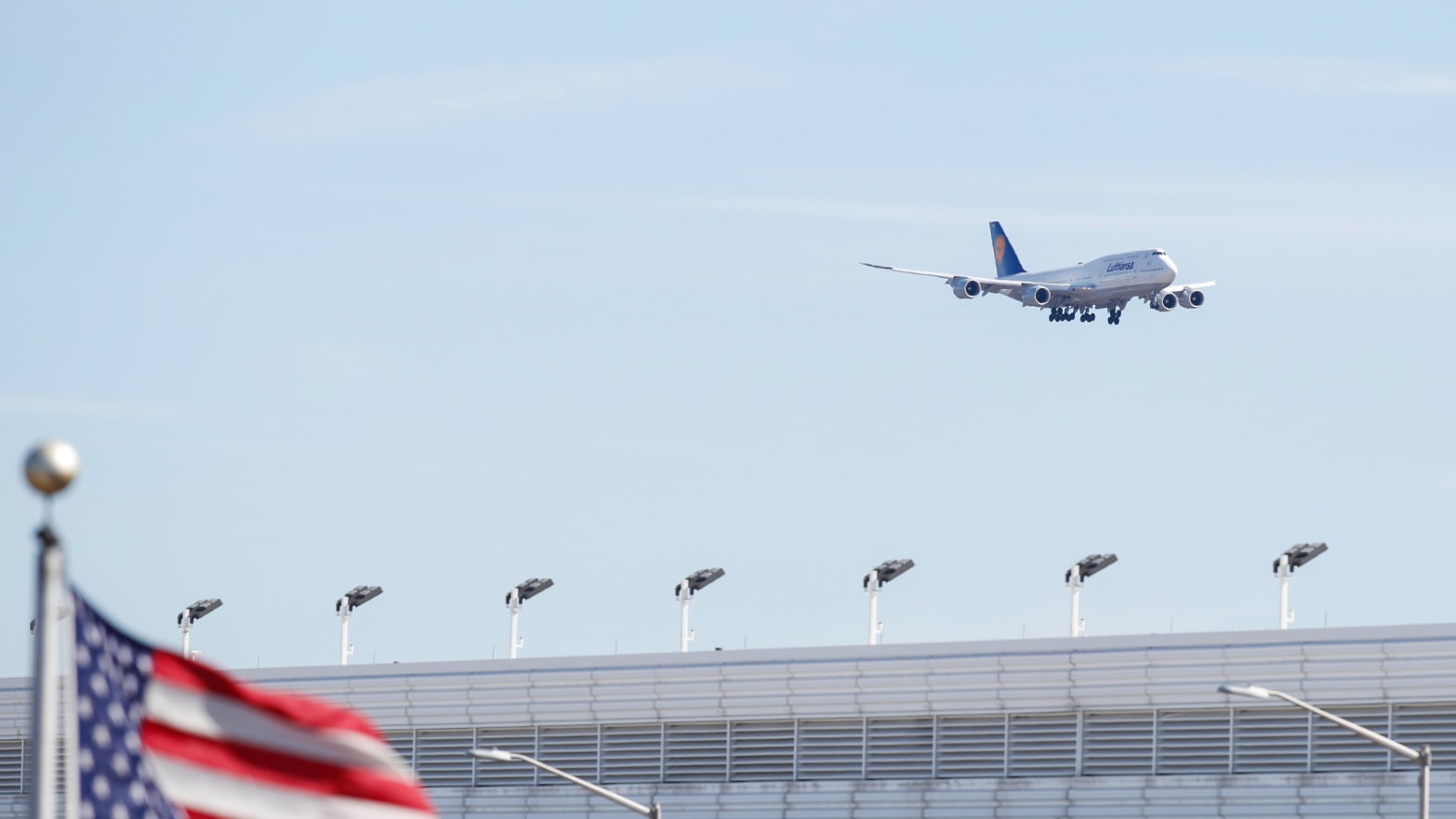Warren Buffet once quipped that the airline business was such a lousy investment that somebody should have shot down the Wright Brothers at Kitty Hawk to save the world a lot of money.
For years “the sage of Omaha” followed his own advice and held off from investing in airlines. And then, in 2016, he changed his mind.
By the end of last year, his investment vehicle, Berkshire Hathaway, owned more than 8 percent of each of the four main U.S. airlines, Delta, United, American, and Southwest.
As late as last month Buffet bought another $45 million in Delta stock after the price fell 20 percent as a result of the novel coronavirus—he obviously misjudged how bad it was going to get.
On Friday Delta cut 40 percent of its flights, ending all flights to Europe for the next month and parking 300 airplanes. The Delta CEO, Ed Bastion, waiving his own salary for six months, said, “The speed of the demand fall-off is unlike anything we’ve seen—and we’ve seen a lot in our business.”
Now Buffet’s airline holdings have lost more than a third in value, falling to around $6.3 billion
The stress test hitting the world’s airlines has no precedent in its severity.
So here are two things to look for:
Who is going to take the worst hits and what will the eventual outcome look like?
In the short term it’s wise to look at what Alan Joyce, the head of the Australian airline Qantas, said: “It’s survival of the fittest.”
In fact, Buffet’s change of heart about airlines is a clue to how some of the fittest got that way. Behind their strength is a single tool: yield management.
The whole art of running an airline is matching the capacity—the number of seats available on a route over 24 hours—with the demand. Over the last decade smart algorithms have enabled managers to keep jiggling prices on each seat according to demand to maximize profits almost right up to boarding time.
Given that degree of precision, and the consolidation of the U.S. airline market, where the four major carriers that Buffet invested in control 80 percent of the flights, the fittest and therefore likeliest to survive are right here in America.
The weakest are mostly in Asia. One of the worst hit is Cathay Pacific, based in Hong Kong. They suffered the effect of a double-whammy: months of anti-government street protests and then the virus. The airline has just cut its capacity by 65 percent and expects a huge loss in the first half of 2020.
In Europe there has already been one failure, the British short-haul airline Flybe, which the British government refused to bail out, and—as previously reported in The Daily Beast—Norwegian, Europe’s third largest budget airline, needs another large cash injection to stay flying. The two top budget airlines, Ryanair and easyJet, are in a far stronger position.
But in Europe the elephant in the room is British Airways. Its CEO, Alex Cruz, sent out a message to his employees starkly headed “The Survival of British Airways.” He said that they faced “a crisis of global proportions like no other we have known.”
The truth is that British Airways has a problem that none of the big American airlines face—and it’s one that the Americans deliberately avoided.
Although British Airways is a worldwide premium brand it is actually part of a conglomerate, the International Airline Group, that combines Iberia, the Spanish national airline; Vueling, a budget airline based in Barcelona; Aer Lingus, the Irish airline; and LEVEL, a low-cost transatlantic carrier based in Paris.
This is a mixture of business models that the American airline chiefs have deliberately stayed away from. It combines the legacy name, British Airways, a business with traditionally high profit margins, with others with far less brand value that are in intensely competitive markets where profits are elusive. Vueling, for example, swung from a loss of 11 million Euros in 2017 to a profit of five million Euros in 2018. Aer Lingus has had a similarly erratic record.
As a result, automated capacity management, the magic sauce that transformed the profits of American airlines and gives them a vital resilience now, doesn’t work when a legacy international market is locked in company with more precarious markets that become even more precarious in a crisis like this one. The weak drain away the profits of the strong.
And this is where, for American travelers, the outcome beyond the crisis gets really interesting.
By far the most profitable route for British Airways is across the pond, between London and New York. It’s known as the billion dollar route because it is the only one of the airline’s routes to produce as much as $1.15 billion in annual profits. And nearly a third of the seats are in business and first, by far the most lucrative. With the new ban on flights from Britain to the U.S. this gusher is now shut down.
All the airlines flying the Atlantic, from Europe and the U.S., make good money because the fares reflect what is, in essence, a fixed market—fixed not by a cartel but by limited airport capacity. Throughout the main European hubs—London, Frankfurt, Amsterdam’s Schiphol, and Paris—there is a shortage of gates so acute that the market in gates has become a kind of casino for high rollers.
So it’s a fair bet that, given the extreme effects of the current meltdown of airline finances, that once the coronavirus pandemic is over, the airlines will be so keen to duke it out to get their transatlantic routes back to profit—particularly to win back business travelers who have had to learn teleconferencing—that there will, for a while at least, be a bonanza of bargains for passengers.

